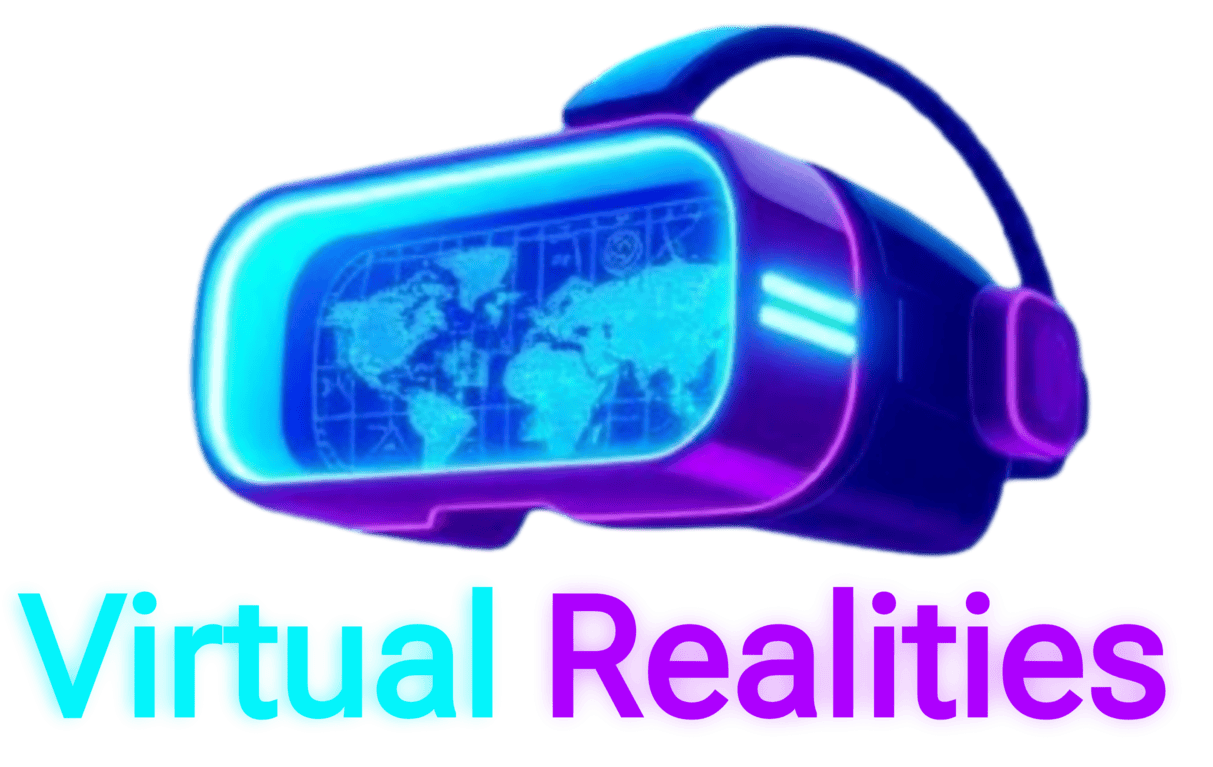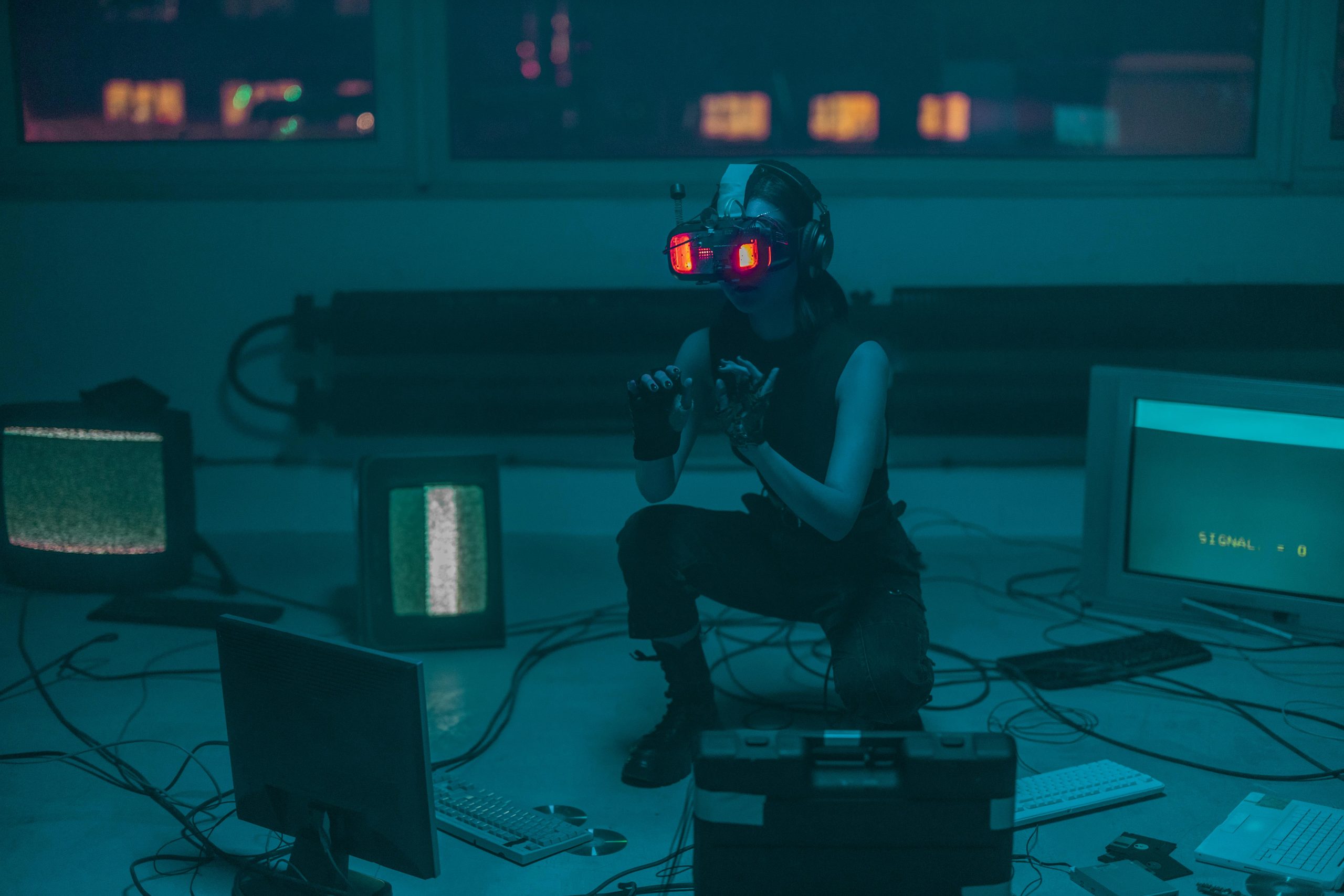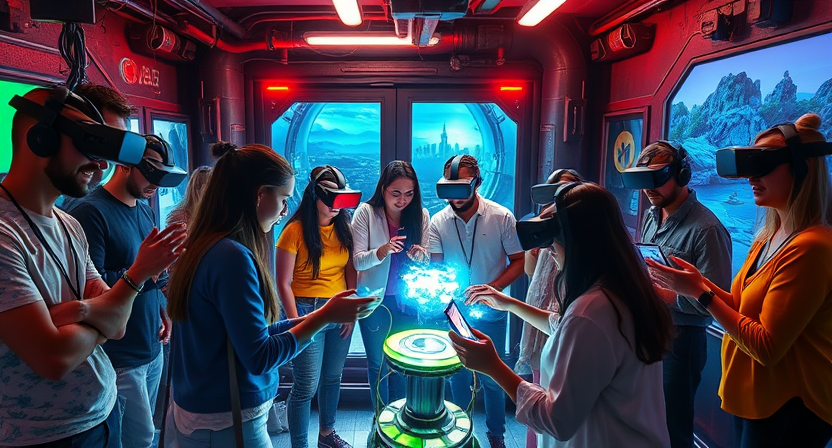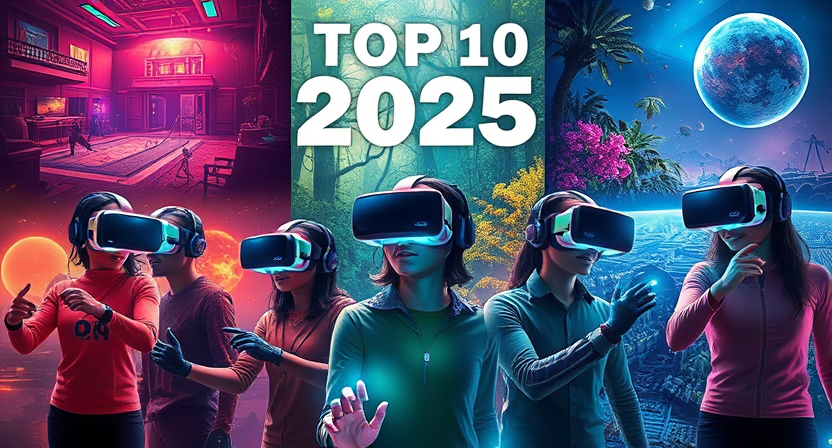Horror in Virtual Reality: A Terrifying Experience
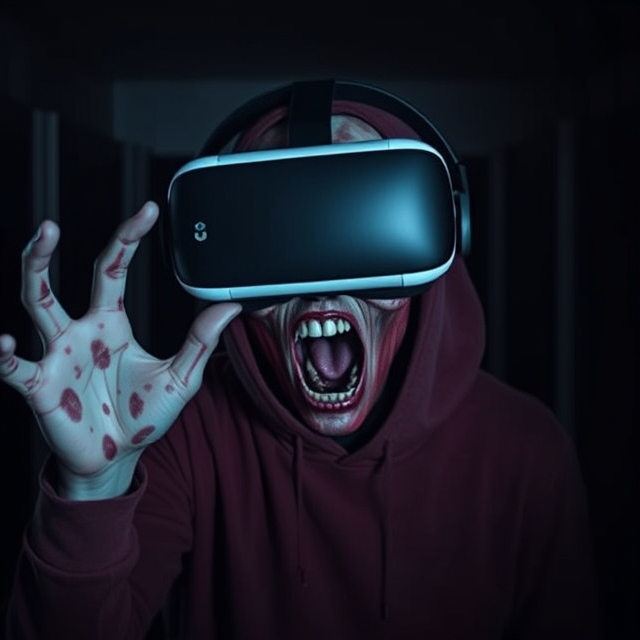
Virtual reality has revolutionized the horror gaming experience by immersing players in a chilling and intense virtual world. The ability to transport individuals into terrifying environments where they are fully surrounded by the horrors lurking in the game has taken fear to a whole new level. Players find themselves physically reacting to the scares, with heart rates increasing, palms sweating, and adrenaline pumping as they navigate through spine-tingling scenarios.
The sense of presence and realism that virtual reality provides enhances the fear factor exponentially. Players feel as though they are actually present in the haunting landscapes and face-to-face with the sinister entities that inhabit them. The combination of realistic graphics, spatial audio, and interactive gameplay creates a truly visceral and bone-chilling experience that leaves a lasting impression on those brave enough to delve into the world of horror in virtual reality.
The Evolution of Horror Games in VR
Horror games have seen a significant evolution in the realm of virtual reality (VR). With the advancement of technology enabling more immersive experiences, developers have been able to tap into players’ deepest fears through a combination of visual and audio elements. The shift from traditional horror games to VR has allowed for a more intense and thrilling experience, bringing players closer to the edge of their seats as they navigate through terrifying virtual worlds.
The evolution of horror games in VR has also led to an emphasis on player agency and interactivity. Unlike traditional horror games where the fear is experienced at a distance, VR games immerse players in the horrors, making them feel like they are a part of the chilling narrative. This heightened level of immersion has elevated the horror genre to new heights, promising players a heart-pounding and unforgettable experience that blurs the lines between reality and fiction.
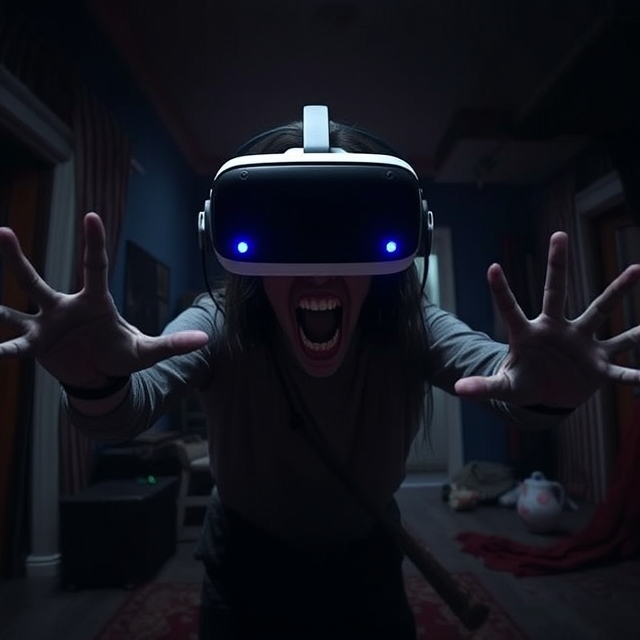
The Psychological Impact of Horror Games in VR
Horror games in virtual reality (VR) have been acclaimed for their unparalleled ability to transport players into terrifying worlds, providing an intense and visceral experience. One significant aspect that sets VR horror games apart from traditional gaming experiences is the psychological impact they have on players. Unlike playing on a screen, when immersed in VR, the sense of presence and realism is heightened, amplifying the fear and anxiety levels experienced by players. This heightened level of immersion can lead to a more profound psychological impact, triggering intense emotional responses and playing on primal fears in ways that traditional horror games cannot.
The immersive nature of VR technology allows horror game developers to manipulate the player’s emotions and senses more effectively, creating an environment that feels distressingly real. By placing players at the center of the horror narrative and surrounding them with terrifying stimuli, VR horror games can induce a sense of helplessness and vulnerability that intensifies the psychological impact on players. The combination of realistic visuals, spatial audio, and interactive gameplay in VR horror games can evoke a deep sense of dread and unease, tapping into primal instincts and challenging players on a psychological level unlike any other gaming experience.
The Role of Immersion in Creating Fear in VR Games
Immersive experiences in virtual reality (VR) games heighten the sense of fear by plunging players into a realistically simulated world where they feel fully present. The ability to look around and interact with the eerie environments amplifies the feeling of vulnerability and intensifies the overall scare factor. For instance, when players in VR horror games hear footsteps behind them or catch a glimpse of a shadow creeping towards them, the sense of immersion creates a visceral reaction that triggers fear responses in a way that traditional gaming cannot replicate.
Furthermore, the use of immersive technologies such as room-scale tracking and motion controllers in VR horror games allows players to physically engage with the frightful scenarios. Being able to physically move, hide, or defend oneself within the game world not only deepens the immersion but also enhances the feeling of being directly involved in the terrifying events unfolding around them. This active participation blurs the line between reality and virtuality, compelling players to confront their fears head-on and creating an alarming sense of unease that lingers even after they have removed the VR headset.
The Importance of Audio in Creating a Scary Atmosphere in VR
Audio plays a crucial role in immersing players into the terrifying worlds of virtual reality horror games. The use of 3D sound technologies enhances the sense of presence, making every creak, whisper, and scream feel incredibly real. By strategically placing sound effects and using binaural audio techniques, game developers can create a truly spine-chilling atmosphere that keeps players on the edge of their seats.
In addition to environmental sounds, a haunting musical score can elevate the atmosphere and intensify the feelings of dread and suspense. Eerie melodies, dissonant chords, and sudden shifts in music can manipulate players’ emotions, building tension and anticipation for what lurks around the next corner. The seamless integration of audio cues with gameplay not only enhances the overall immersion but also heightens the fear factor, leaving players with an unforgettable and unsettling experience in the world of virtual reality horror.
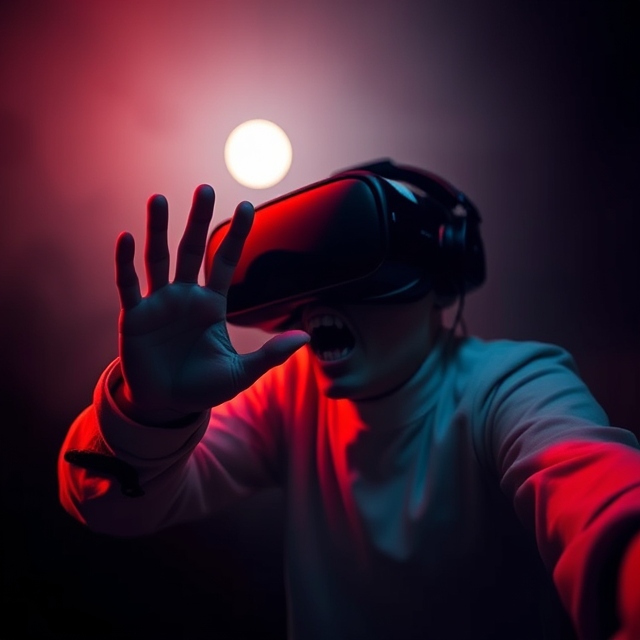
The Use of Jump Scares in VR Horror Games
Jump scares are a common tool used in virtual reality horror games to startle and provoke players. These sudden and unexpected moments of terror are strategically placed throughout the gameplay to keep the tension high and the players on edge. By catching players off guard with a frightening image, sound, or event, jump scares are effective in eliciting a visceral response from the players, intensifying their immersion in the virtual world and creating a sense of fear that lingers long after the initial shock.
In VR horror games, jump scares are often combined with the immersive nature of the technology to amplify their impact. The use of 3D audio and realistic visuals in virtual reality enhances the element of surprise and makes jump scares even more terrifying. The ability to look around and explore the environment in VR adds an extra layer of vulnerability, as players feel like they are experiencing the horror firsthand. This heightened sense of presence makes jump scares in VR games exceptionally potent, leaving players trembling with apprehension as they navigate through the nightmarish scenarios designed to keep them on their toes.
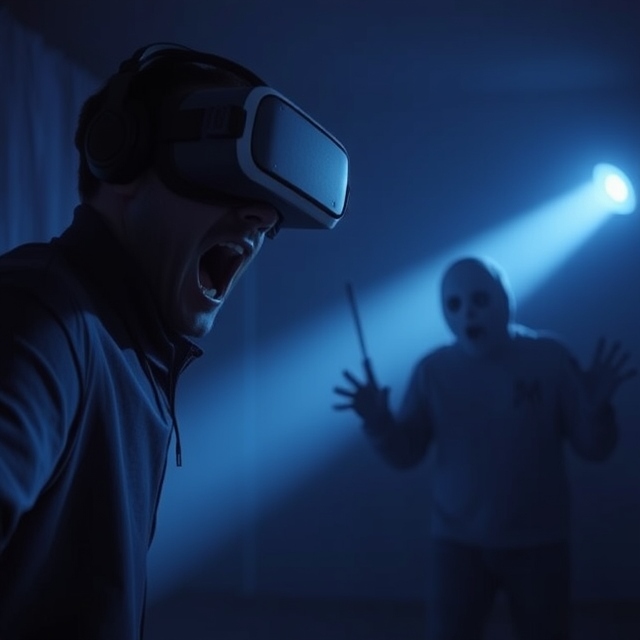
The Influence of VR Technology on Horror Game Design
With the advancement of virtual reality (VR) technology, horror game designers have been presented with a whole new canvas to work on, allowing for immersive and spine-chilling experiences for players. The ability to place players directly in the terrifying environments and situations has revolutionized the way horror games are designed, offering a level of realism and fear-inducing thrill that was previously unattainable. The enhanced sensory experience provided by VR technology, such as 360-degree visuals and spatial sound, intensifies the fear factor, heightening players’ emotional responses and making the horror game encounters even more intense and memorable.
The Physical Reactions of Players to Scary VR Games
Players engaging in scary virtual reality (VR) games often experience a wide range of physical reactions that can intensify the immersive horror experience. As players navigate through eerie environments filled with spine-chilling encounters, their bodies can begin to respond instinctively to the perceived threats within the game. Heart rates may spike, palms may sweat, and muscles may tense up as the player’s fight-or-flight response kicks in, heightening the sense of fear and adrenaline.
Moreover, the element of presence in VR horror games can further enhance the physical reactions of players. The feeling of being surrounded by a terrifying virtual world can trigger an increased sense of vulnerability and helplessness, leading to heightened levels of anxiety and fear. This heightened state of arousal can manifest physically through increased heart palpitations, erratic breathing patterns, and even involuntary reflex movements in response to sudden scares or threats within the game environment.
The Challenges of Developing Horror Games for VR
Developing horror games for virtual reality (VR) presents a unique set of challenges that game developers must navigate. One major obstacle is striking a balance between creating an immersive and fear-inducing experience without overwhelming players to the point of discomfort. The fine line between excitement and terror must be carefully treaded to ensure that players are captivated by the game’s horror elements without being deterred by excessive fear.
Additionally, the technical aspects of designing VR horror games pose another significant challenge. Ensuring that the graphics, audio, and mechanics are optimized for a seamless and realistic virtual environment demands meticulous attention to detail. Moreover, creating a sense of presence in VR horror games requires innovative solutions to enhance the player’s feeling of being fully immersed in the terrifying world presented to them. Balancing these technicalities while focusing on delivering a truly terrifying experience adds a layer of complexity to developing horror games for VR.
The Future of Horror Games in Virtual Reality
As technology continues to advance, the future of horror games in virtual reality looks promising. Developers are constantly pushing the boundaries of what is possible in creating immersive and terrifying experiences for players. With the ability to fully immerse players in realistic and haunting environments, the potential for horror games in VR to evoke intense fear and anxiety is vast.
One exciting aspect of the future of horror games in virtual reality is the incorporation of more interactive elements. Players may find themselves physically interacting with the virtual world in new and innovative ways, heightening the feeling of terror and tension. The use of advanced artificial intelligence and adaptive gameplay mechanics could also personalize the experience for each player, ensuring that the fear is tailored to their individual reactions and behaviors.
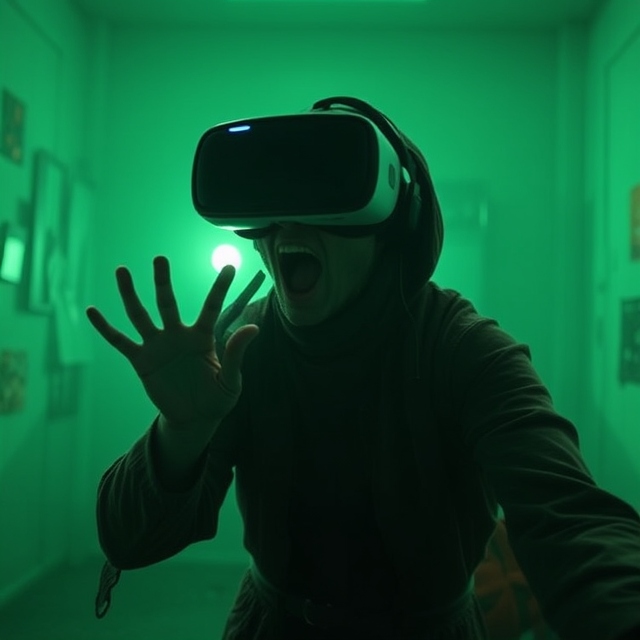
The Best VR Horror Games for Immersive Experience
When it comes to the best VR horror games that truly immerse players in heart-pounding fear, “Resident Evil 7: Biohazard” often tops the list. This game plunges players into a terrifying world where they must navigate a dilapidated plantation while being pursued by horrific creatures, all in stunning VR detail that heightens the sense of dread and urgency.
Another standout title in the realm of VR horror is “Until Dawn: Rush of Blood.” This game takes players on a twisted roller coaster ride through a nightmarish carnival filled with jump scares and psychological terror. The immersive VR experience of being strapped into a virtual roller coaster while fending off grotesque creatures makes for a truly hair-raising adventure that keeps players on the edge of their seats.
The Scariest Moments in VR Horror Games
Virtual reality horror games have the incredible ability to fully immerse players in terrifying scenarios that can elicit genuine fear and adrenaline. One of the scariest moments in VR horror games is when the player is navigating through a dark, deserted corridor, relying solely on a flickering flashlight to see their surroundings. The eerie sounds echoing through the headphones coupled with the sense of helplessness in the face of the unknown create a spine-chilling experience that leaves players on edge.
Another hair-raising moment in VR horror games is when the player is unexpectedly ambushed by a horrifying creature that seemingly comes out of nowhere. The sudden appearance combined with the feeling of being trapped in a confined space can send shivers down the player’s spine and provoke a fight-or-flight response. The immersive nature of virtual reality intensifies the fear factor, making these jump scares all the more heart-pounding and unforgettable.
The Most Terrifying Environments in VR Horror Games
The eerie corridors of an abandoned asylum come to life in VR horror games, as players navigate through darkened hallways and decaying rooms consumed by chilling atmosphere. The flickering lights and distant echoes serve as a constant reminder of the sinister past lurking within the asylum’s walls, evoking a sense of dread and anticipation with every step taken in this foreboding environment.
Venturing into the haunted woods of a VR horror game, players find themselves surrounded by dense fog, gnarled trees, and mysterious shadows that seem to move in the periphery of their vision. The sound of rustling leaves and distant howls add to the ominous ambiance, heightening the tension and keeping players on edge as they explore the sinister secrets hidden within the dark and twisted forest.
The Psychological Tricks Used in VR Horror Games
In the realm of virtual reality (VR) horror games, developers employ a plethora of psychological tricks to immerse players in a world of fear and suspense. One common technique is the manipulation of lighting and shadows to create an atmosphere of unease and ambiguity. By playing with the player’s visual perceptions, these games can instill a sense of dread and anticipation, heightening the overall sense of fear and tension.
Additionally, the use of disorienting elements such as distorted sounds and sudden shifts in perspective can greatly contribute to the psychological impact of VR horror games. These tricks exploit the player’s senses, triggering primal instincts of fight or flight response. By disrupting the player’s sense of control and familiarity, developers can effectively induce anxiety and fear, leading to a truly immersive and terrifying experience in the virtual world.
The Role of Storytelling in Creating Fear in VR Games
Storytelling plays a crucial role in creating fear in virtual reality (VR) games. By immersing players in a rich and engaging narrative, developers can effectively build tension and suspense, leading to heightened feelings of fear and anxiety. The use of well-crafted plots, character development, and surprising plot twists can keep players invested in the game and increase the overall scare factor.
Moreover, storytelling in VR games allows for the exploration of psychological themes and emotions that can intensify the fear experience. By delving into complex narratives that challenge players’ beliefs and perceptions, developers can evoke deep-seated fears and phobias, creating a truly terrifying experience. The ability to connect with the characters and the story on a personal level enhances the emotional impact of the game, making the horror elements more palpable and haunting for the players.
The Impact of Graphics on the Scare Factor in VR Games
The advancement of graphics technology in virtual reality (VR) games has significantly heightened the scare factor for players. With the ability to render detailed and realistic environments, developers can create immersive worlds that intensify the overall horror experience. From eerie shadows to ghastly creatures, the visual aspect of VR horror games plays a crucial role in evoking fear and suspense in players’ minds. The lifelike graphics ensure that every hair-raising moment is visually impactful, making the gameplay feel incredibly visceral and unsettling.
Moreover, the use of high-quality graphics in VR horror games allows for intricate details to be incorporated into the game environment, intensifying the sense of dread and tension. The realistic portrayal of blood, gore, and other disturbing elements adds depth to the overall atmosphere, enhancing the psychological impact on the players. By immersing players in visually striking and terrifying settings, VR games can push the boundaries of fear and create an unparalleled level of suspense that lingers long after the headset is removed.
The Connection Between Fear and Presence in VR Horror Games
Fear in virtual reality horror games is intricately linked to the sense of presence that players experience. The feeling of being physically present in a terrifying environment amplifies the fear factor by making the dangers seem more immediate and real. As players become fully immersed in the virtual world, their heightened sense of presence intensifies the emotional impact of jump scares, eerie atmospheres, and unsettling encounters.
Presence in VR horror games is not just about visual and auditory stimuli; it also involves the player’s proprioception and tactile feedback. The sensation of moving through dark corridors, reaching out to touch virtual objects, and hearing footsteps behind you all contribute to a sense of embodiment and physical presence in the virtual space. This embodiment creates a deeper connection between the player and the game world, making the horror elements feel more visceral and personal.
The Success of VR Horror Games in the Gaming Industry
The gaming industry has witnessed a remarkable surge in the popularity of VR horror games in recent years. With the advancements in technology, developers have been able to create immersive and terrifying experiences that leave players on the edge of their seats. The success of VR horror games can be attributed to the unique sensation of stepping into a virtual world where fear feels more real than ever.
Players are drawn to VR horror games for the unparalleled level of immersion they offer. The ability to step into a dark, eerie environment and feel like you are physically present in the midst of terrifying situations adds a new level of intensity to the horror genre. This sense of presence heightens the scare factor, making VR horror games a favorite among thrill-seeking gamers looking for a truly spine-chilling experience.
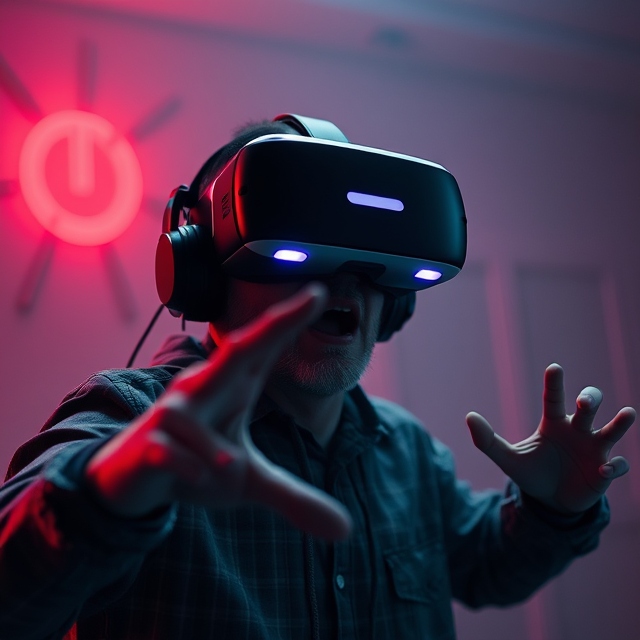
The Potential for VR Horror Games to Evolve in the Future
As virtual reality technology continues to advance at a rapid pace, the potential for VR horror games to evolve in the future is both exciting and promising. With improvements in graphics, sound, and immersive features, developers have the opportunity to create even more terrifying and realistic experiences for players. The ability to fully immerse players in a virtual world filled with suspense, dread, and fear is a key aspect that will likely be further enhanced in future VR horror games.
Additionally, the integration of innovative gameplay mechanics and storytelling techniques can elevate the overall experience and make it even more chilling for players. Developers are constantly pushing boundaries to deliver unique and engrossing horror experiences that keep players on the edge of their seats. By leveraging the full capabilities of virtual reality technology, future VR horror games have the potential to captivate audiences like never before, blurring the lines between reality and fiction to create truly unforgettable and terrifying encounters.
The Ultimate Goal of VR Horror Games: To Terrify Players
The visceral nature of virtual reality (VR) horror games aims to plunge players into heart-pounding terror unlike any other gaming experience. By immersing players in terrifying environments and subjecting them to intense psychological stimuli, VR horror games seek to amplify fear to its maximum potential. The goal is not simply to entertain or thrill players; it is to elicit a deep sense of dread and unease that lingers long after the headset is removed.
In the realm of VR horror games, the ultimate goal is to push the boundaries of fear and provide an unparalleled experience that leaves players trembling in fear. Through innovative storytelling, chilling atmospheres, and heart-stopping scares, developers strive to evoke genuine terror and tap into the primal instincts of players. The success of a VR horror game lies in its ability to blur the lines between reality and fiction, creating an immersive and spine-chilling journey that haunts players even after they have stepped back into the real world.
